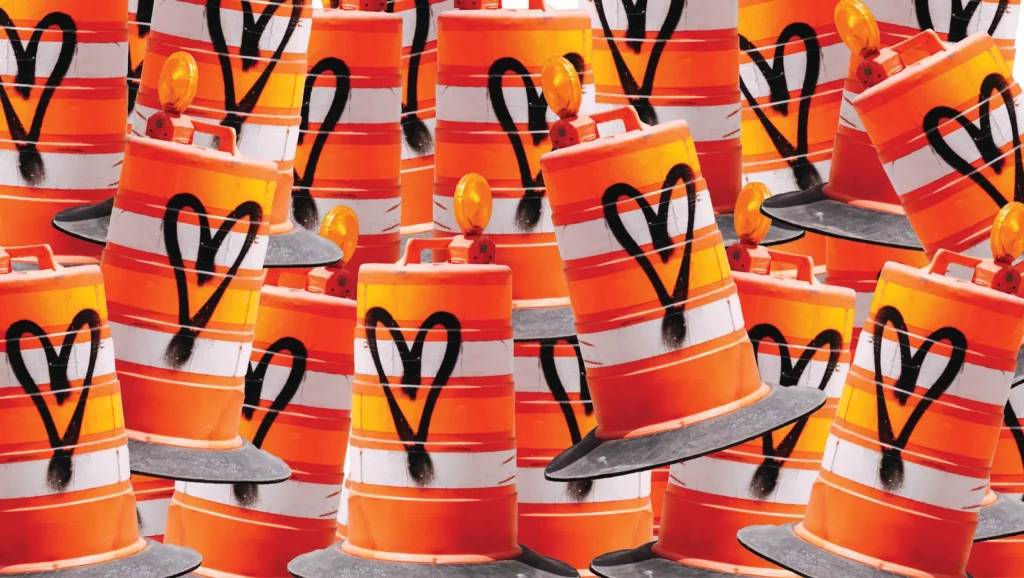April 11-15, 2022, is National Work Zone Awareness Week.
Did you know that more drivers and passengers are affected by work zone injuries and fatalities than workers?
National Work Zone Awareness Week takes place each year during the beginning of “construction season” to remind road users to be mindful and use their best judgment when encountering work zones. The theme for this year’s event, hosted by the Michigan Department of Transportation, is “Drive Safe. Work Safe. Save Lives.”
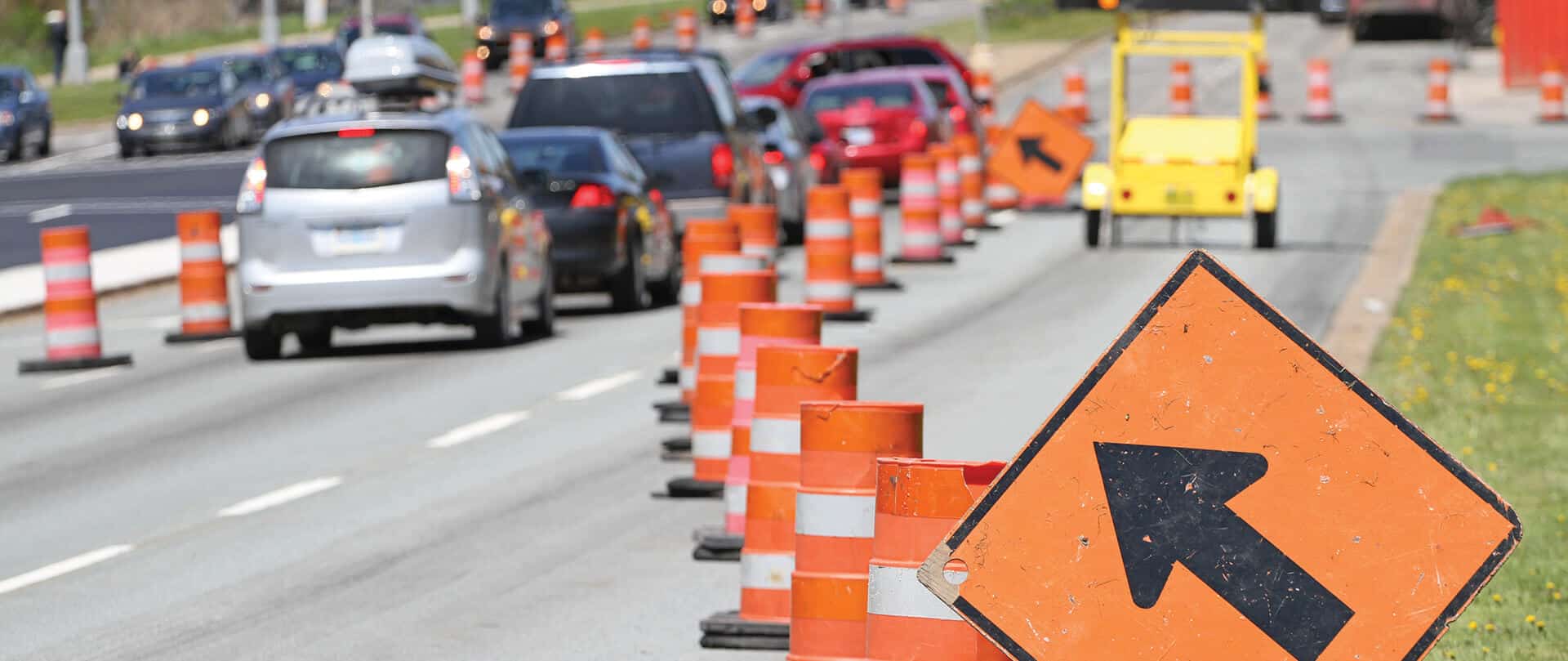
Improved roads and new construction are often welcome additions to a community, but it’s not always possible to completely close a street or highway to vehicles or pedestrians when construction or repair work is being performed. When this is the case, roads you’re used to traveling on may temporarily become work zones.
Unfortunately, work zones are among the most dangerous places to drive due to altered traffic patterns, poor visibility, and other hazards and distractions.
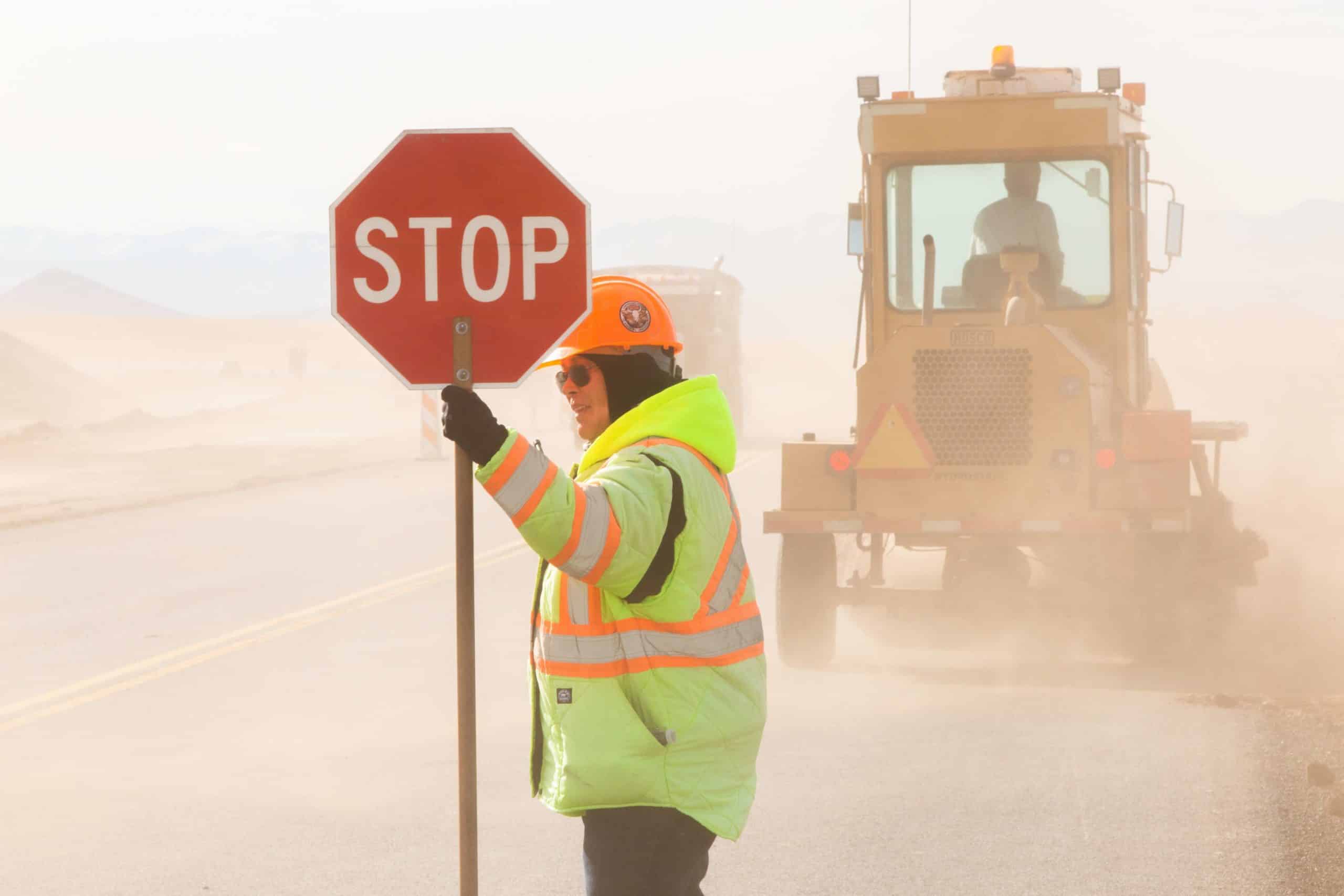
Roadside flaggers do their best to direct motorists and other road users around the work zone while keeping everybody safe. But even the best preparation doesn’t always prevent collisions or other work zone incidents. Reduced speeds and long wait times, altered traffic patterns, and confusing traffic flow mean other drivers are likely to be distracted, frustrated, or aggressive. In addition, visibility may be impaired due to construction equipment or features of the road such as hills or curves.
In short, work zones can be confusing—and dangerous— places for the average motorist. And drivers and passengers are actually more likely to be killed or injured in a work zone than workers are.
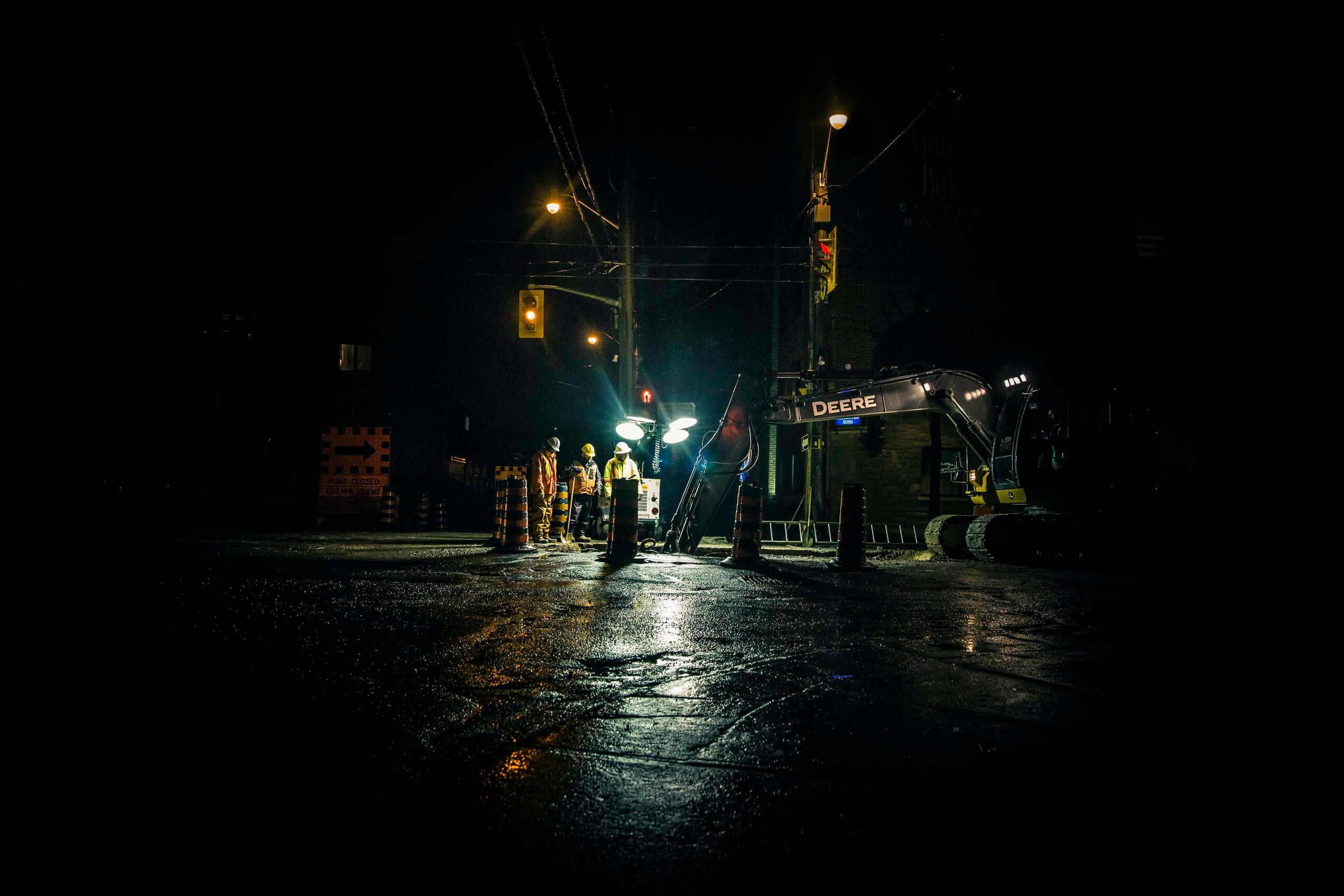
According to the Federal Highway Administration, between 2018 and 2019, fatal crashes in work zones increased by 11 percent despite a 2 percent decrease in crashes outside of work zones. The majority of these work zone fatalities were due to rear-end collisions.
Nationally, work zone crashes occur at an average of one per every 5.8 minutes. In Washington State alone, 1,128 work zone crashes were reported in 2020. The top three causes? Following too closely, inattentive and/or distracted driving, and excessive speed.
In fact, despite an overall decrease in traffic due to the Covid-19 pandemic, a recent Pew report found work zone injuries and fatalities actually rose in many areas in 2020, often due to motorists traveling over the speed limit.
Motorists should keep these points in mind when driving through a work zone:
- Flaggers are extremely vulnerable to traffic. Look for them when approaching a work zone.
- Flaggers are there to protect you. Many states have laws that require you to obey them. The presence of a flagger implies it is a dangerous situation for you as a driver. Always follow their directions.
- Work vehicles can suddenly enter or exit the lane of traffic.
- Workers may step into the lane of traffic.
- Heavy equipment may encroach into the lane of traffic.
- Lanes may be narrow.
- Speeds can suddenly be reduced, or there may be unexpected wait times.
- The road surface can be rough with bumps or abrupt drops.
- Other drivers may be confused as to traffic flow, or be distracted, frustrated, or aggressive.
- Drivers and passengers are the most likely to be killed or injured in a work zone—not the workers.
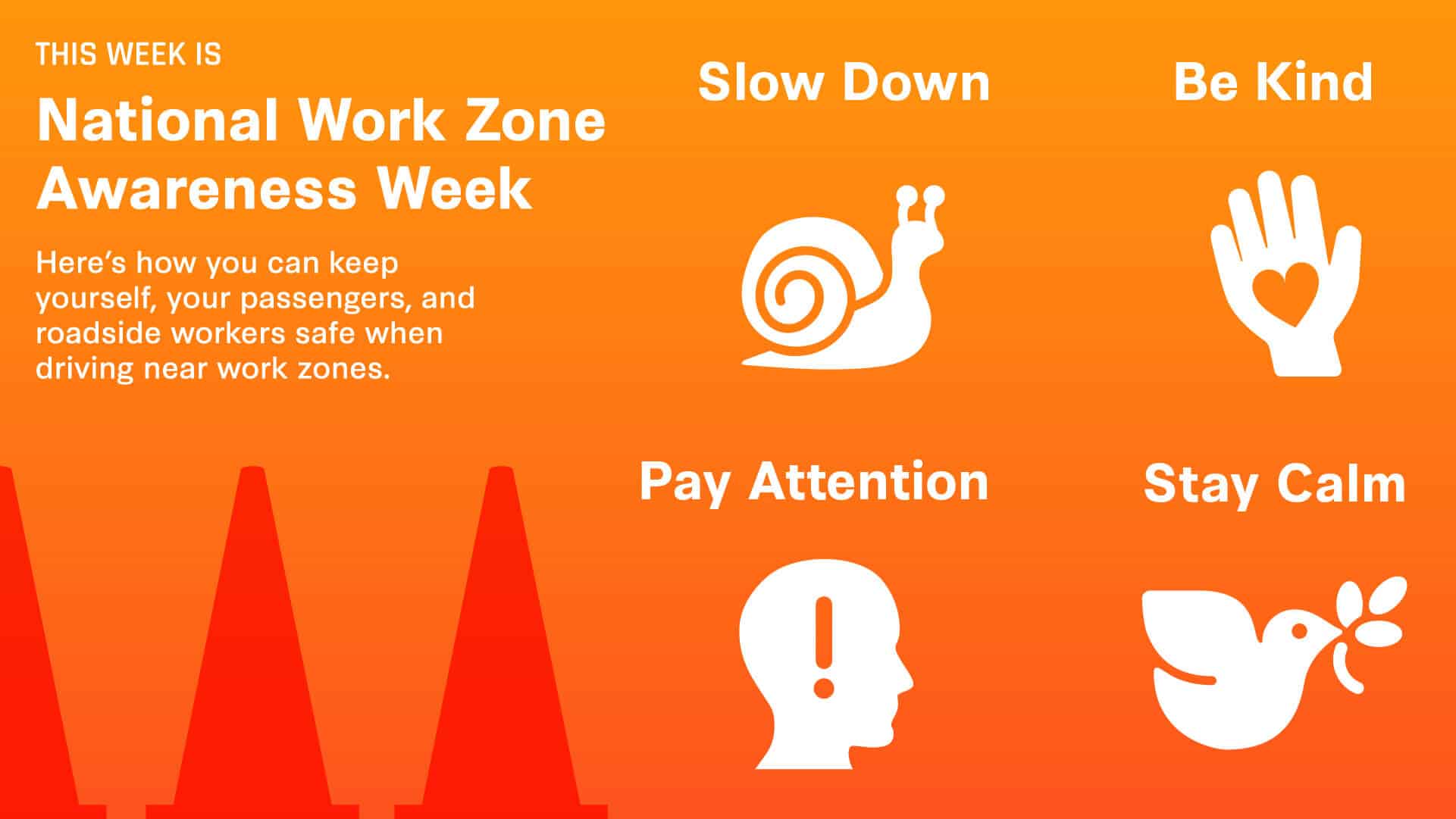
You may be frustrated by the slow pace of traffic in a work zone, but this is not the time to make risky choices. Remember: Drive Safe. Work Safe. Save Lives. The life you save may be your own.
